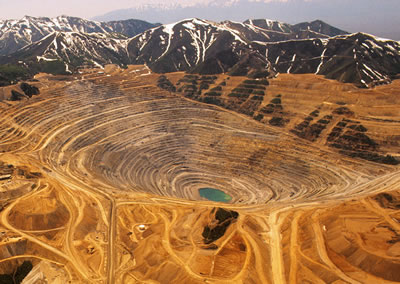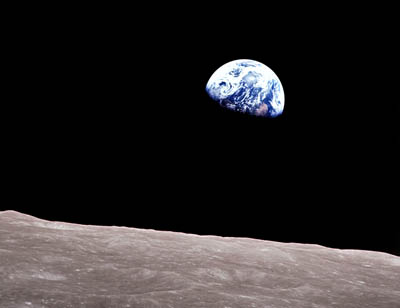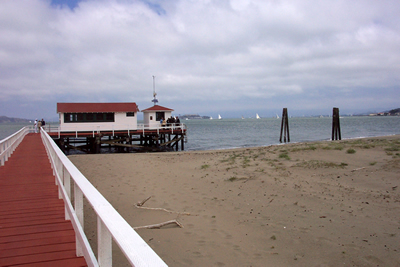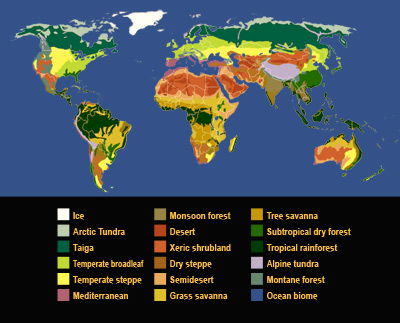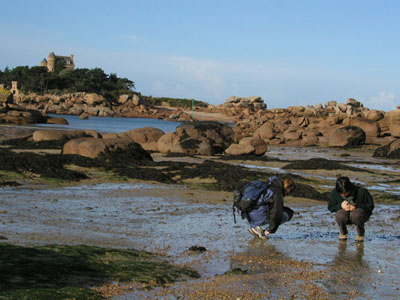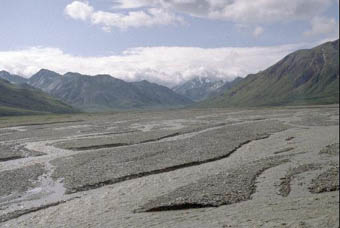Click on image for full size
Courtesy of Michael Collier
Related links:
Earth Science Literacy - Big Idea 9
Humans significantly alter the Earth.
Big Idea 9.1
Human activities significantly change the rates of many of Earth’s surface processes. Humankind has become a geological agent that must be taken into account equally with natural processes in any attempt to understand the workings of Earth’s systems. As human populations and per capita consumption of natural resources increase, so do our impacts on Earth’s systems.
Big Idea 9.2
Earth scientists use the geologic record to distinguish between natural and human influences on Earth’s systems. Evidence for natural and human influences on Earth processes is found in ice cores and soils, and in lake, estuary, and ocean sediments.
Big Idea 9.3
Humans cause global climate change through fossil fuel combustion, land-use changes, agricultural practices, and industrial processes. Consequences of global climate change include melting glaciers and permafrost, rising sea levels, shifting precipitation patterns, increased forest fires, more extreme weather, and the disruption of global ecosystems.
Big Idea 9.4
Humans affect the quality, availability, and distribution of Earth’s water through the modification of streams, lakes, and groundwater. Engineered structures such as canals, dams, and levees significantly alter water and sediment distribution. Pollution from sewage runoff, agricultural practices, and industrial processes reduce water quality. Overuse of water for electric power generation and agriculture reduces water availability for drinking.
Big Idea 9.5
Human activities alter the natural land surface. Humans use more than one-third of the land’s surface not covered with ice to raise or grow their food. Large areas of land, including delicate ecosystems such as wetlands, are transformed by human land development. These land surface changes impact many Earth processes such as groundwater replenishment and weather patterns.
Big Idea 9.6
Human activities accelerate land erosion. At present, the rate of global land erosion caused by human activities exceeds all natural processes by a factor of ten. These activities include urban paving, removal of vegetation, surface mining, stream diversions, and increased rain acidity.
Big Idea 9.7
Human activities significantly alter the biosphere. Earth is experiencing a worldwide decline in biodiversity—a modern mass extinction—due to loss of habitat area and high rates of environmental change caused by human activities. The rates of extinctions are now comparable to the rates of mass extinctions in the geologic past.
Big Idea 9.8
Earth scientists document and seek to understand the impacts of humans on global change over short and long time spans. Many of these human impacts on Earth’s systems are not reversible over human lifetimes, but through human cooperation their impacts on future generations can be lessened and even reversed.
Big Idea 9.9
An Earth-science-literate public, informed by current and accurate scientific understanding of Earth, is critical to the promotion of good stewardship, sound policy, and international cooperation. Earth science education is important for individuals of all ages, backgrounds, and nationalities.


